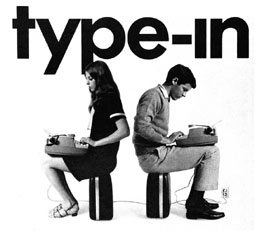I've looked and looked for such a template and printer method to no avail myself. Your best bet here is probably either Avery Multi-use labels (maybe 5418 or 5428 depending on your card tabs) which have templates you can print a sheet at a time, or buying a labeler like the Brother P-touch which has a variety of different colored labels available. A third method is to line up multiple tabbed cards in your typewriter and do 3-4 at a time.
Tabbed cards are significantly more expensive than standard index cards, so if you're all in on this, I'd recommend contacting one of the manufacturers directly and buying in bulk to drive the price down. Alibaba can also be your friend here for a bulk order too. Last year I got a bulk order of 15,000 4x6" index cards for well under $0.005 per card, while the current going rate on Amazon or most office supply stores is $0.02 - $0.03/card.
Let me know if you find someone manufacturing inexpensive tabbed dividers in 1/5, 1/6, 1/7, or even 1/8 cut tabs. I'd love to buy a couple thousand of these in bulk as well.
Knowing the extra work involved in this method, I HIGHLY recommend you try it out by hand for a bit to see if it's something you'll do for more than a few months before going all-in. I've read some of Joseph Voros' work, which I understood to be theoretical only. Did he ever fully implement it himself? Before you try, you might want to read up on others' earlier work like that of Paul Otlet, Mortimer J. Adler, et al. Many here will lionize Luhmann's method, but recall that S. D. Goitein managed to take a 1/3 of the notes that Luhmann did while creating a published output a 1/3 larger than Luhmann all while using a method similar to that of Adler and company which is also very close to the method recommended by almost all academics from Jacques Barzun to Umberto Eco.
Definitely think about what you're hoping to accomplish before going straight down the rabbit hole too far.
If you do go all-in, then buying a big storage box upfront can save you a lot of time and expense, try https://boffosocko.com/2022/12/26/the-ultimate-guide-to-zettelkasten-index-card-storage/ for some ideas. My daily driver now is a 60,000+ card index from Steelcase that I picked up on the used market for $125.
LIFE. “The 102 Great Ideas: Scholars Complete a Monumental Catalog.” January 26, 1948.
Eco, Umberto. How to Write a Thesis. Translated by Caterina Mongiat Farina and Geoff Farina. 1977. Reprint, Cambridge, MA, USA: MIT Press, 2015.
Barzun, Jacques, and Henry F. Graff. The Modern Researcher. 6th ed. Belmont, CA: Thomson/Wadsworth, 2004.
Reply to u/SpacePatrician at https://www.reddit.com/r/Zettelkasten/comments/1ctsu78/blank_tabbed_4x6_cards/










